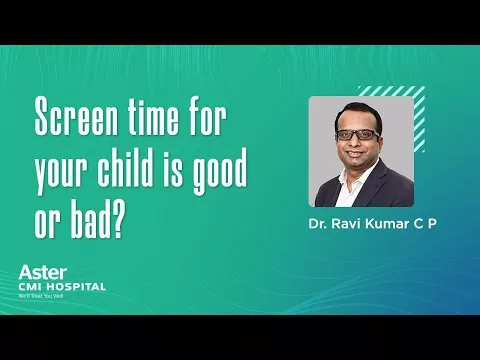Handwriting is an effective occupational skill for school-age children. Writing skills in the standard Indian school setting is considered for more than 50 percent.
Without a doubt, it is a crucial skill that every child needs to acquire, which encourages learning and adjustment between grades by recognizing any difficulties in writing skills in school children and addressing them on time.
Handwriting is an art that involves fine movements of the hand, written language, and cognitive function. Dysgraphia is a psychiatric term describing hand movements difficulty, it is well known that many children with hand movements difficulty are identified late and sometimes mislabeled not to be involved in studies.
In a general cohort of children in any school, children from low socio-economic status might have greater challenges in picking up skills without regular demonstration of the ability. Moreover, compared to girls in the same class, boys seem to be lagging behind in acquiring this ability. This is what most teachers vouch for. Until they enter high school, this disparity remains.
Dysgraphia may be due to inherited neurological disorders or can be due to acquired neurological disorder, such as developmental coordination disorder.
Regardless of the cause, in educational progress, children with these difficulties lag behind as they are occupied in their struggle to hold the pen or pencil right, make the writing legible and strive to keep up with the speed of their classmates. The learning component often gets lost in this process.
From nursery or kindergartens, the foundation of the writing ability is set, maturing in grasp shifts between the ages of 3 and 6 while children are in the nursery. The early, immature grasp known as "fisting" grasp must mature to an effective grasp of "dynamic tripod." There are several other pencil/pen grip methods between immature and mature grasp, which can differ with each child.
There are many extrinsic components that can influence handwriting, the sitting position of the child, the height of the desk, the way they carry their forearm, and the book's position makes writing a multi-dimensional ergonomic ability in relation to their posture.
Early detection and intervention, like anything else, can reduce or even amend these mistakes until they begin to affect their learning process. There are several goal scales that can be used by qualified physiotherapists or occupational therapists in assessment and suggestions for remedial measures.
In addition, if a neurologist's input is needed, if there is a neurological condition that makes handwriting difficult. Get in touch with the Best Pediatric Neurology hospital in Bangalore to avail comprehensive medical care for your child.
The above data is based on the premise that the child has normal vision and there are no difficulties with sensory integration, which makes writing more difficult if present. Writing is an important skill that is crucial to school success, but also in adults, it is a vital skill. Illegible handwriting can create obstacles to learning fine motor skills of a higher order. Despite computers, cell phones, and other digital devices excluding the younger generation from writing, communication skills that surpass all other modes remain essential.
"Ask yourself which one of these will make you happy in your heart," A nice letter written on a decent handwritten paper or an email? Therefore, it is important to understand and recognize writing skills that have far more impacts than just writing!
Seek medical help from the Pediatric Neurologists in Bangalore, India at Aster CMI Hospital.




























